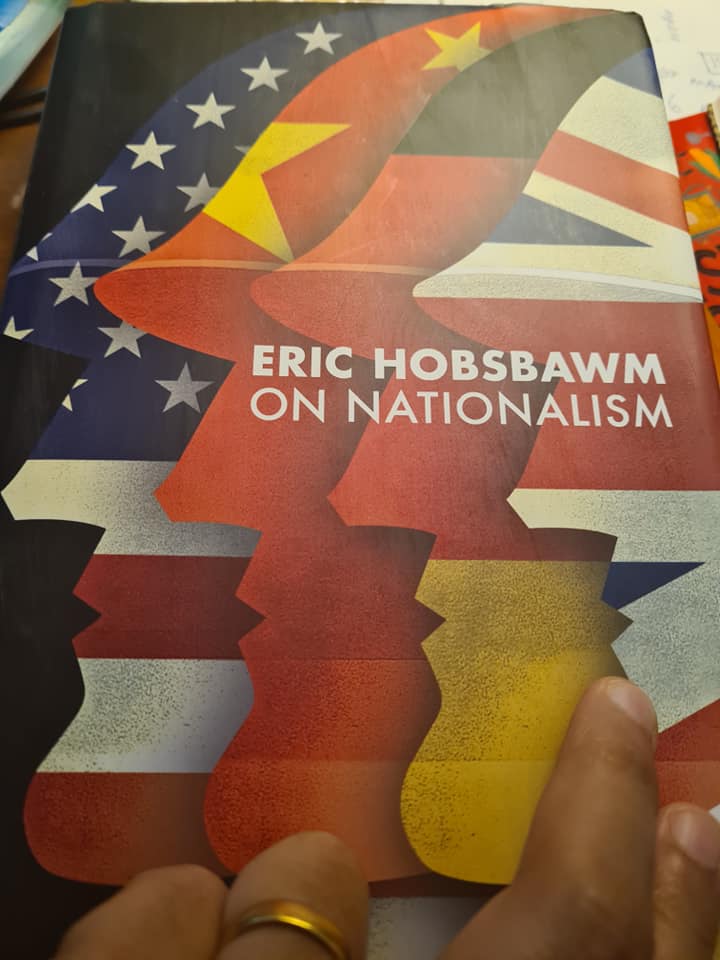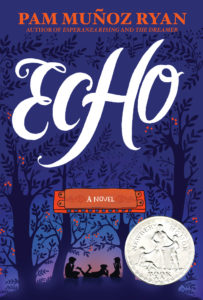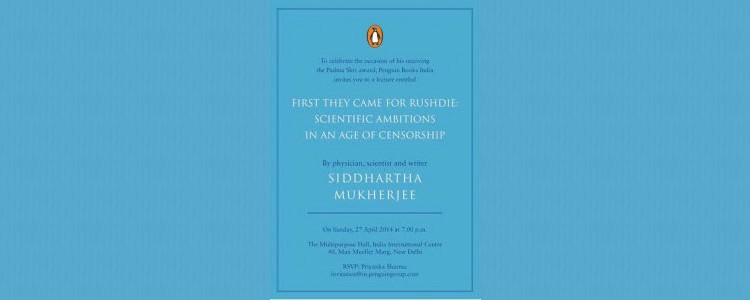 Sie Kam Aus Mariupol by Natscha Wodinwas ( published by Rowohlt Verlag) which has been shortlisted for the 2017 Leipzig Book Fair Prize is by the daughter of deported Ukrainian labourers to Germany. Natscha Wodinwas is based in Berlin.
Sie Kam Aus Mariupol by Natscha Wodinwas ( published by Rowohlt Verlag) which has been shortlisted for the 2017 Leipzig Book Fair Prize is by the daughter of deported Ukrainian labourers to Germany. Natscha Wodinwas is based in Berlin.
The following translated English excerpts were sent by Rachel Hildebrandt, translator and publisher, Weyward Sisters Publishing. The English translation of She Came from Mariupol is as yet unpublished.
These passages are being published with permission.
(p.38) The more research I did, the more atrocities I encountered about which hardly anyone seemed to be aware. I was not the only one who was learning about these for the first time. None of my German friends, many of whom I considered enlightened, historically knowledgeable individuals, had any idea how many Nazi camps had once existed within the boundaries of the former German Reich. Some of them guessed around twenty, while others estimated two hundred, a few up to two thousand. According to a study by the Holocaust Memorial Museum in Washington, the number is actually closer to 42,500, not including the smaller and the satellite camps. In an interview with ZEIT published on March 4, 2013, the American historian Geoffrey Megargee, who had contributed to the study, remarked that the horrific number of camps confirmed that almost every German had to have known about the existence of these camps, even if they had not comprehended the extent of the camps or the conditions within them. It was the old story: Nobody knew a thing, despite the fact that with over 42,500 camps the entire country must have functioned like a single gulag.
****
(pgs 248 to 251) The large-scale deportation of the Ukrainians to Germany was accompanied by a pervasive propaganda effort on the part of the occupiers. At every turn, the Soviet citizens were called to report for work duty in Germany. They were promised paradise there. The brainwashing occurred everywhere: during the opening programs at the cinemas, over all of the radio stations, in the workplaces, at the train stations, in the theaters, on public squares and streets. Large, colorful posters depicted happy Ukrainians working at progressive German workbenches. Smartly dressed Ukrainian domestic servants were pictured whipping up German Sunday cakes. Ukrainian women were especially popular as maids. In 1942, Hitler ordered that half a million of them be employed in German households, which resulted in many German women losing their jobs. The press circulated daily pleas, like this one:
UKRAINIAN WOMEN AND MEN
The Bolshevik commissioners have destroyed your factories and workplaces, and are cutting you off from work and bread. Germany is offering you useful, well-paid employment. In Germany, you will find excellent work and living conditions, and you will be paid according to the tariff and based on your productivity. We take especially good care of the Ukrainian workers. So that they can live in conditions that are suitable to them and can retain their cultural distinctness, separate settlements are being constructed for them. They will provide everything that you would need to live: cinemas, theaters, hospitals, radio stations, swimming pools, etc. The Ukrainians are living in bright, nicely furnished rooms, and they are given the same things to eat as the German workers. Furthermore, the factory canteens cook the specialties of all nations, which is why the Ukrainian workers will find Wareniki, Galuschki, Kwas, etc. on the menus.
Germany is waiting for you! Hundreds of thousands of Ukrainians are already working in free, happy Germany. What about you? During your stay in Germany, we will take good care of your family back home.
(reprinted from a Ukrainian newspaper)
The propaganda was initially effective. Not all of the so-called Ostarbeiter were forcibly deported. At the beginning, many of them reported voluntarily. Gradually the truth about the downright nightmarish work and living conditions in the German Reich trickled back home. At first, letters conveyed hidden messages, for example, in the form of flowers drawn in a letter from a sixteen-year-old to his mother. The flower was the agreed-upon signal that things were not going well for him. As time passed, more and more deported Ukrainians returned from Germany, physically destroyed and shoved off back home, because in their condition they were no longer useful. Their stories quickly cut off the hopeful rush of those volunteering for work duty: a serious problem for the German war industry, since the German men were at the front and no longer there to fill the workplaces.
Meanwhile, the war was requiring a sharp, unrelenting increase in productivity. Germany’s victory would rise or fall on the imported slave laborers from all over Europe, especially from the Soviet Union and particularly from Ukraine. Hitler appointed his model Gauleiter Fritz Sauckel as the General Plenipotentiary for Labor Deployment. The son of a Frankish postal worker and a seamstress, who was later described at the Nuremberg trials as the “greatest and cruelest slaver since the pharaohs,” Sauckel issued the order to “finally shake off the last dregs of sentimental humanitarianism.” And with this command, the human hunt began. Ukraine was the favorite region of operations for the hunters. The Ukrainians, who composed the largest percentage of the “Ostarbeiter,” were perceived as the Slavs of the lowest possible value. The only groups under them in the racial hierarchy were the Sinti, the Roma, and the Jews. They were attacked on the streets, in cinemas and cafes, at streetcar stops, in post offices, anywhere where they could be easily caught. They were hauled out of the homes in raids, dragged from the cellars and sheds where they had tried to hide. They were driven to the train station and transported to Germany in cattle cars. A countless number of them disappeared without a trace with nothing except the clothes on their backs. Able-bodied young men were particularly desirable – entire freight trains full of Ukrainian teenagers rolled daily toward the Reich. After a while, though, the forty- and fifty-year-olds were taken, and eventually, the elderly and weak. The populations of entire villages were deported, including the grandmothers with their grandchildren. The emptied villages were then burnt to the ground. At first, the minimal slave laborer age was twelve, but then it was dropped to ten. And not only that, but in the summer of 1942, all young people in Ukraine between the ages of eighteen and twenty were forced to serve two years of compulsory service in the Reich. Up to ten thousand future forced laborers were shipped to Germany on a daily basis, and according to Fritz Sauckel’s orders, all of these people had to be fed, housed, and treated as cheaply as possible in order to yield the highest possible productivity.
25 February 2017












